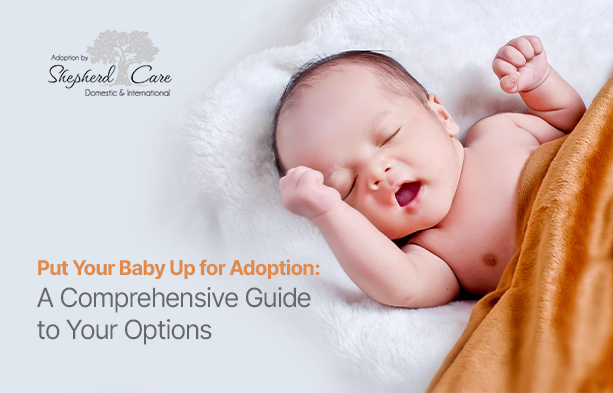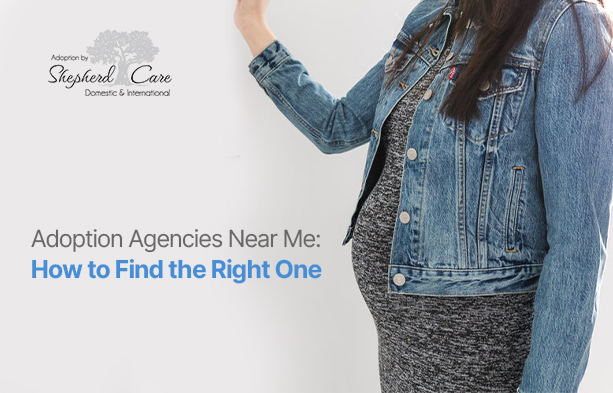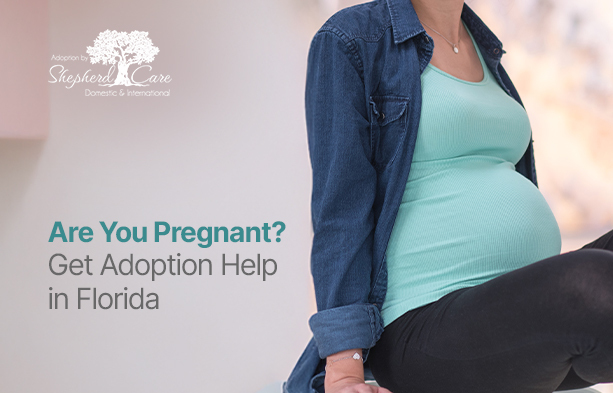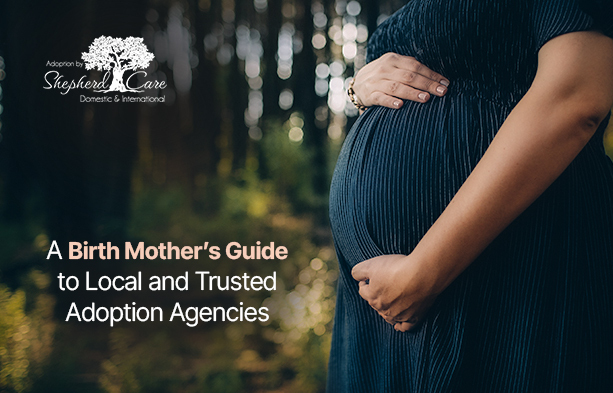If you’re wondering which US state boasts the highest adoption rate, you’ve come to the right place. This article from Adoption by Shepherd Care will explore adoption rates in different states and the factors contributing to these statistics.
By examining state-by-state adoption data, we aim to uncover the state leading the way in providing loving homes for children in need.
So, let’s explore which state is making a remarkable impact on these precious individuals’ lives.
Adoption Rates in the United States
States with larger populations, such as California, Texas, and Florida, tend to have higher numbers of adoptions simply due to their size. However, the adoption rate per capita can vary widely. The adoption process in the United States involves several steps, and Adoption By Shepherd Care is at the forefront of this noble cause.
Prospective adoptive parents must begin by completing an application and providing necessary documents, including background checks and financial statements. Following this, a comprehensive home study is conducted to assess their suitability. This includes interviews, home visits, and references from friends and family members. Once approved, families can choose between domestic or international adoption.
Adoption trends in the US have evolved over the years. Open adoptions, where birth parents maintain contact with their child and adoptive families, have gained popularity, ensuring ongoing relationships between all involved parties and giving adopted children a sense of identity and connection to their biological roots.
Another significant trend is the increase in same-sex couples choosing adoption, aligning with the growing acceptance of diverse family structures.
Moreover, there’s a noticeable shift towards adopting older children or those with special needs, ensuring they receive the love and care they deserve.
Understanding Adoption Statistics
Comprehending adoption statistics is essential for gaining insights into the current state of adoption in different regions. Various factors, including demographics, policies, and government initiatives, influence these statistics.
Adoption trends vary across demographics. For instance, research indicates that older couples tend to adopt more frequently than younger ones due to their stability and resources. Single individuals are also increasingly turning to adoption to start or expand their families.
Adoption policies have a significant impact on adoption rates. Supportive policies and streamlined processes encourage adoption, while complex and restrictive policies may deter prospective adoptive parents.
Government initiatives, such as financial incentives and foster care programs, also influence adoption trends, often leading to an increase in domestic adoptions.
Factors Affecting Adoption Rates
Factors such as demographics, policies, and government initiatives play a significant role in adoption rates. Additionally, the COVID-19 pandemic has had both positive and negative effects on adoption rates. The COVID-19 pandemic has had a multifaceted impact on adoption rates in the United States. On the one hand, it disrupted many aspects of the adoption process, causing delays and uncertainty for both prospective adoptive families and children in need of homes.
On the other hand, the pandemic also highlighted the resilience of adoptive families and the urgent need for more loving homes, as some children in foster care faced additional instability and hardships during lockdowns. As the situation evolved, there were reports of increased interest in adoption and fostering, with many families exploring these options to provide stability and care to children in need during challenging times. The full and lasting impact of COVID-19 on adoption rates in the US is complex and will likely continue to evolve as the world adapts to the ongoing pandemic and its aftermath.
Social media has become a game-changer in the adoption process. Platforms like Facebook, Instagram, and Twitter facilitate connections between prospective adoptive parents and birth parents. They provide visibility to waiting children and offer resources and support groups.
Policies and government initiatives remain crucial. Supportive policies that prioritize child welfare and streamline adoption processes make it easier for families to navigate the legal requirements.
Exploring State-by-State Adoption Data
Examining state-by-state adoption data reveals substantial variations in adoption rates across regions. Historical trends in adoption rates can offer insights into the impact of adoption policies on these rates.
Adoption policies significantly influence adoption rates, with supportive policies leading to higher rates and stringent regulations resulting in lower rates. Cultural norms, socioeconomic factors, and resource access also affect adoption rates.
Identifying the State With the Highest Adoption Rate
To discover the state with the highest adoption rate, consider the current data. Adoption trends differ between rural and urban areas, and social media has made a considerable impact on these rates.
Rural areas often have fewer adoption opportunities due to limited access to adoption agencies and a smaller pool of prospective adoptive parents. However, they have strong support networks and close-knit communities.
In contrast, urban areas typically have more adoption opportunities, with adoption agencies readily available. Cities attract a diverse population interested in adopting.
Social media’s influence on adoption rates cannot be underestimated. It has made it easier for birth parents and prospective adoptive parents to connect, share stories, and find support groups. It has also raised awareness about adoption, debunking common misconceptions.
Summary
Various factors affect adoption rates in the United States. However, after analyzing state-by-state adoption data, it is clear that California has the highest adoption rate. ,
This emphasizes the significance of understanding and addressing unique circumstances and policies within each state to encourage and support adoption efforts nationwide.





